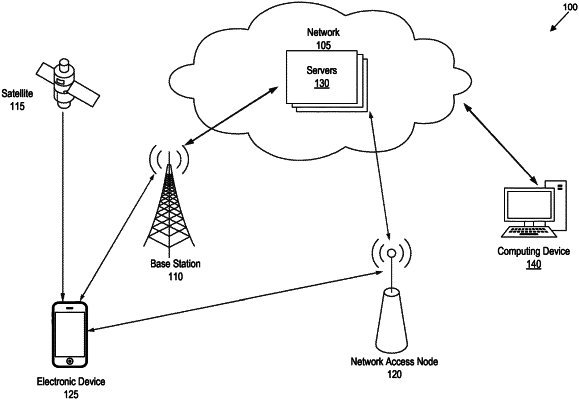| CPC H04M 3/493 (2013.01) [G06N 20/00 (2019.01); H04M 3/436 (2013.01); H04M 2203/6027 (2013.01)] | 20 Claims |

|
1. A computing system for automated detection of scam calls, the computing system comprising:
at least one hardware processor; and
at least one memory storing instructions that, when executed by the at least one hardware processor, cause the computing system to perform a process comprising:
receiving a phone call over a telecommunication network based on the phone call being routed away from a subscriber of the telecommunication network, wherein the subscriber is associated with a first model configured to simulate speech of the subscriber;
simulating, via the first model, the speech of the subscriber to induce one or more responses from a caller of the phone call;
classifying, via a second model, the caller of the phone call as a scam caller or not a scam caller based on the one or more responses; and
processing the phone call based on whether the caller is classified as a scam caller.
|